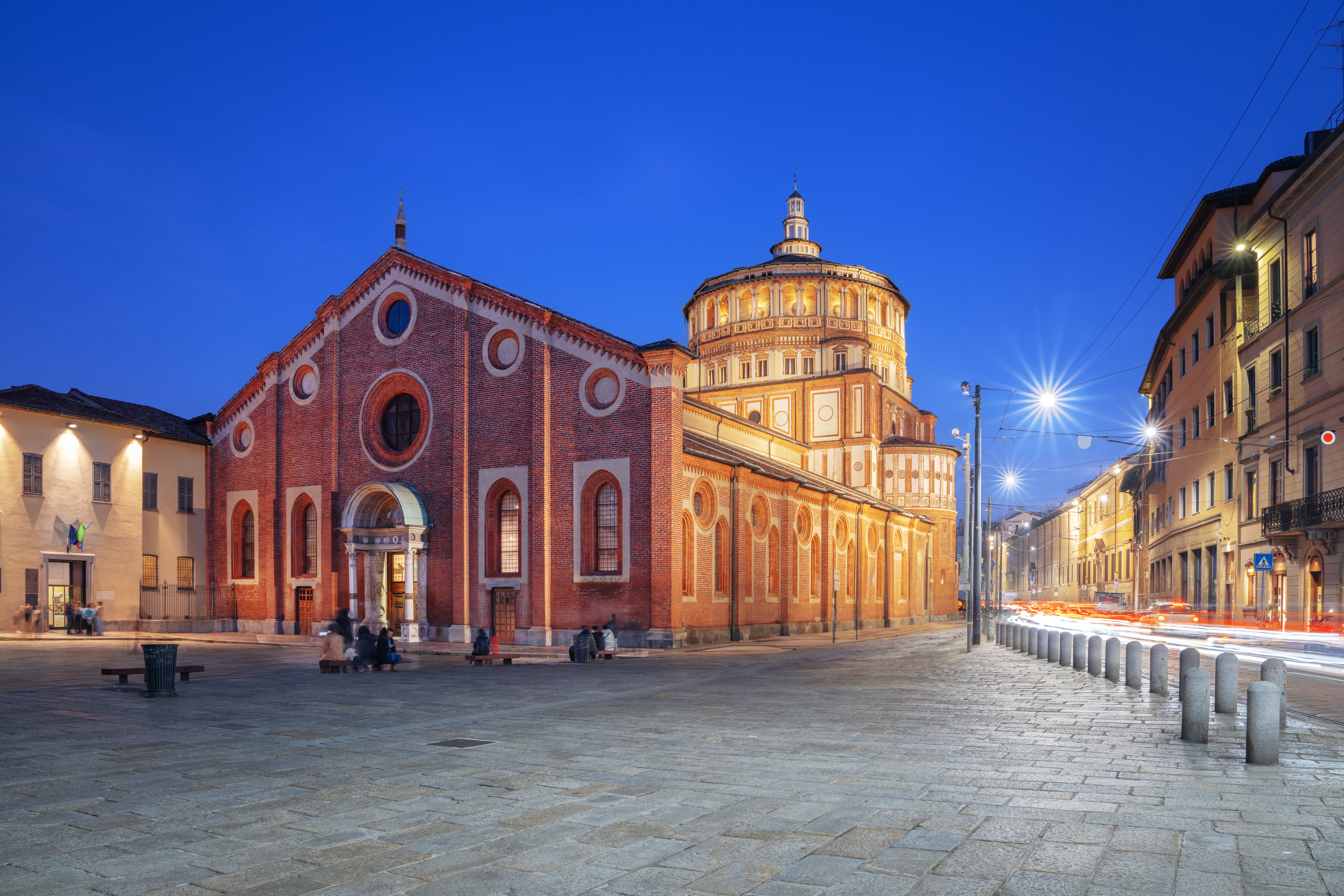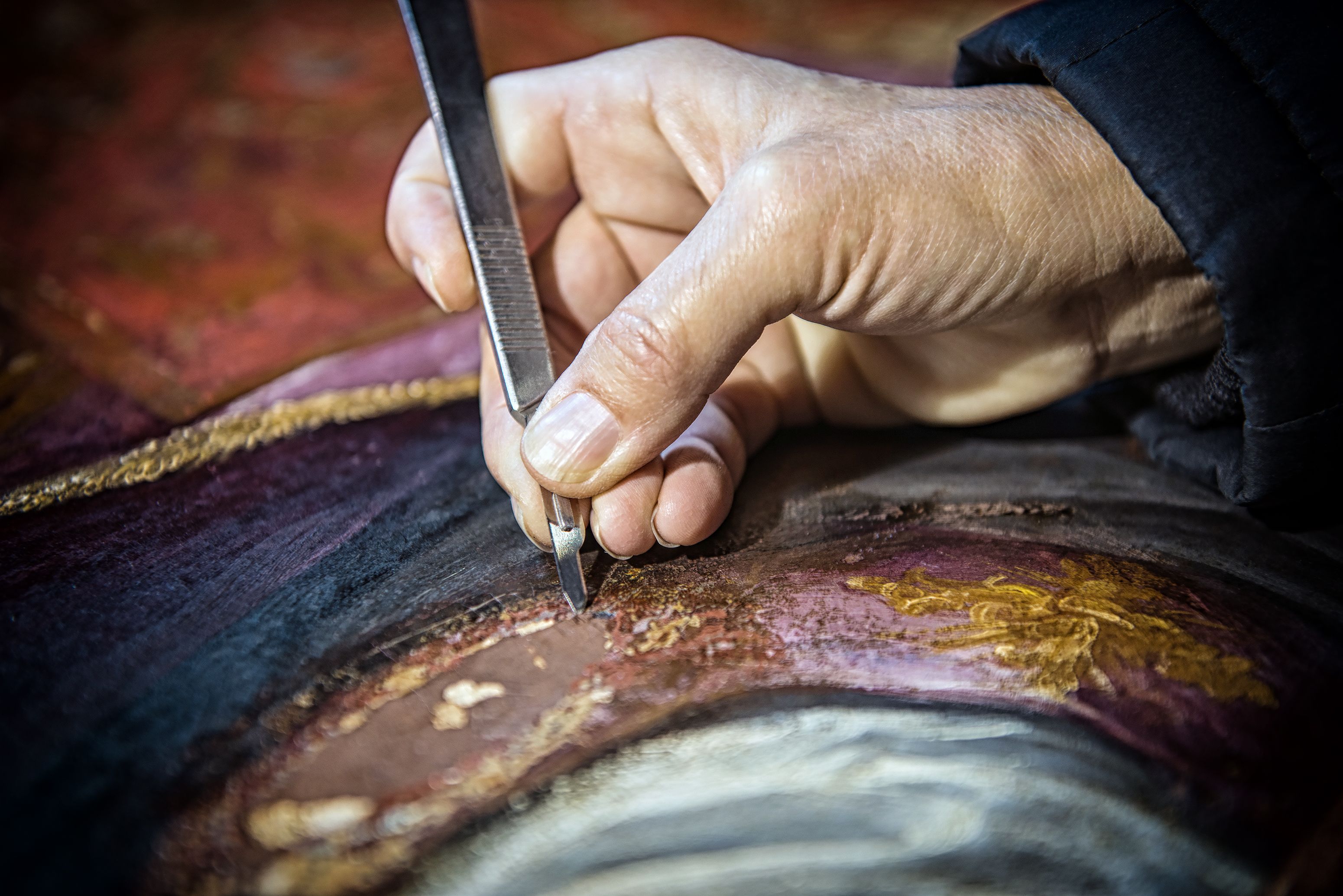Significance of The Last Supper
The Historical Context
The Last Supper, one of the most famous artworks in the world, was painted by Leonardo da Vinci between 1495 and 1498. This masterpiece resides in the Convent of Santa Maria delle Grazie in Milan, Italy. It depicts the moment in which Jesus Christ announces that one of his disciples will betray him. This painting is not only a pivotal piece in religious art but also marks a significant moment in the history of Christianity.
The Last Supper was commissioned by Ludovico Sforza, the Duke of Milan, as part of a renovation project for the convent's church. Leonardo's innovative approach to depicting this biblical scene has made it a subject of extensive study and admiration for centuries.

Artistic Techniques and Innovations
Da Vinci's use of perspective and composition in The Last Supper is groundbreaking. He employed a linear perspective to draw the viewer's eye to the central figure of Jesus, creating a focal point that emphasizes the gravity of the announcement. The use of light and shadow enhances the emotional depth of each disciple's reaction.
Additionally, Leonardo deviated from the traditional fresco technique and instead used tempera on gesso, pitch, and mastic. Although this method gave da Vinci more time to work on details, it also led to the painting's rapid deterioration over time.
The Symbolism Within The Painting
The Last Supper is rich with symbolism. Each disciple’s facial expression and body language convey a range of emotions from shock to disbelief. The positioning of Judas Iscariot, slightly removed from the group and clutching a small bag—possibly symbolizing silver coins—is a crucial detail that highlights his role as the betrayer.
Another notable aspect is the use of food and drink on the table. The bread and wine symbolize the body and blood of Christ, elements that are central to the Christian Eucharist. This symbolism extends beyond the painting itself, influencing countless religious ceremonies around the world.
Restoration Efforts
Over the centuries, The Last Supper has undergone numerous restoration efforts to preserve its integrity. Due to Leonardo’s experimental technique, the painting began deteriorating shortly after its completion. Environmental factors and previous restoration attempts have also contributed to its fragile state.
In recent decades, advanced technology has allowed art restorers to stabilize and recover much of da Vinci's original work. These efforts are crucial in maintaining the painting’s historical and artistic significance for future generations.

Cultural Impact and Legacy
The Last Supper has transcended its religious roots to become an iconic image in popular culture. It has inspired countless reproductions, parodies, and references in various media, from literature to film. Its enduring legacy is a testament to Leonardo da Vinci’s genius and the painting's profound impact on art history.
Exhibitions and studies continue to explore various interpretations of this masterpiece, ensuring that its significance remains relevant in both religious and secular contexts.
Conclusion
The Last Supper remains a timeless piece of art that captures a pivotal moment in history with incredible depth and emotion. Its combination of innovative artistic techniques, rich symbolism, and cultural impact make it a subject of endless fascination.
As we continue to explore its mysteries and admire its beauty, The Last Supper stands as a testament to human creativity and the enduring power of art to communicate complex narratives across generations.
Commercial Kitchen http://avice.org
